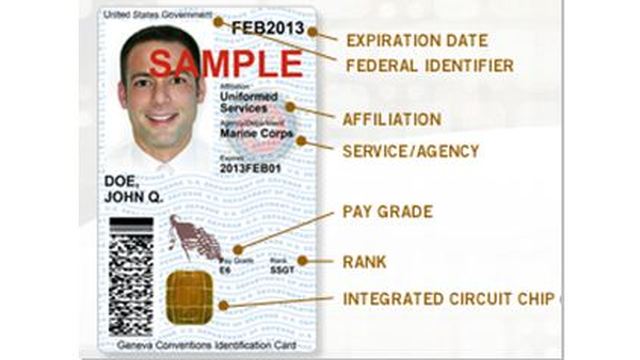 A new app for Android devices called, will read your favorite Websites and blogs to you, freeing your hands (via Bluetooth) while driving. But it also holds out a promising solution to those who have difficulty seeing or reading small text on a smartphone or tablet screen.
A new app for Android devices called, will read your favorite Websites and blogs to you, freeing your hands (via Bluetooth) while driving. But it also holds out a promising solution to those who have difficulty seeing or reading small text on a smartphone or tablet screen.
Available free of charge through the Google Play store, Web2go, developed by Tel Aviv-based Volacent Inc., introduces what the company calls Artificial Reading Intelligence (ARI). ARI allows the application to streamline the reading process so that the app reads only the relevant text in an article, skipping over superfluous information such as long lists of menu items, photo captions on advertisements and other data points that are not part of the story or blog entry. Keep reading →
 The Defense Department has awarded a first of its kind joint enterprise licensing agreement for Microsoft collaboration, mobility, productivity and security tools. Valued at $617 million, the three-year agreement will allow the Army, Air Force and the Defense Information Systems Agency to begin using the latest versions of the company’s products.
The Defense Department has awarded a first of its kind joint enterprise licensing agreement for Microsoft collaboration, mobility, productivity and security tools. Valued at $617 million, the three-year agreement will allow the Army, Air Force and the Defense Information Systems Agency to begin using the latest versions of the company’s products. The
The  The Defense Department is planning to accept a European-developed identification standard that will allow allied military personnel and contractors to access secure military networks under specific circumstances.
The Defense Department is planning to accept a European-developed identification standard that will allow allied military personnel and contractors to access secure military networks under specific circumstances. US Government agencies often face a Catch-22 trying to adopt innovative technologies: Procurement rules designed to promote fairness can effectively preclude federal buyers from seeing – or influencing – developments that could eventually help agencies work more effectively.
US Government agencies often face a Catch-22 trying to adopt innovative technologies: Procurement rules designed to promote fairness can effectively preclude federal buyers from seeing – or influencing – developments that could eventually help agencies work more effectively. Mobile device management software is helping federal, state and local governments to keep track of employee handheld devices. But as agency programs grow in size, new challenges such as technology life cycle and migration are beginning to surface. To address these issues, organizations are taking a number of approaches designed to meet their specific needs.
Mobile device management software is helping federal, state and local governments to keep track of employee handheld devices. But as agency programs grow in size, new challenges such as technology life cycle and migration are beginning to surface. To address these issues, organizations are taking a number of approaches designed to meet their specific needs. The nation’s top military cyber commander offered his version of how government and military agencies are likely to work together when America suffers cyber attacks, and warned that industry needs to take a greater role.
The nation’s top military cyber commander offered his version of how government and military agencies are likely to work together when America suffers cyber attacks, and warned that industry needs to take a greater role. Top military officials are finally getting a chance to see first hand how tablet computers and smartphones other than their trusted BlackBerrys might work in the line of duty.
Top military officials are finally getting a chance to see first hand how tablet computers and smartphones other than their trusted BlackBerrys might work in the line of duty. The use of open source software might seem paradoxical inside the
The use of open source software might seem paradoxical inside the